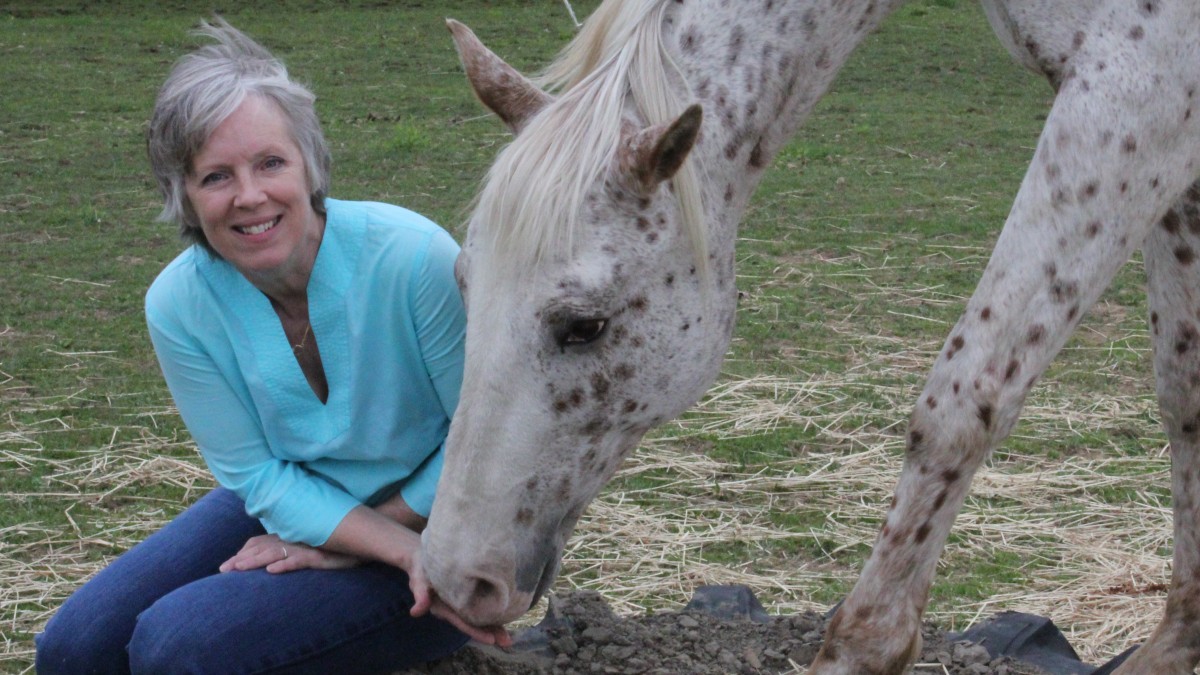COACHING PERSPECTIVES & SUCCESS STRATEGIES
Horse Trainer Talk

How great horse trainers describe what they do can leave a learner guessing what to do and what they mean. Let me shed some experiential light.
Horse Trainer Talk
Many horse owners miss the deeper message of these horse-intuitive trainers. I have studied and applied a lot of their content to see what will best help me develop my horse into my best partner.
One post claimed that B. Brannaman said this:
“You don’t want to push the horse into something; you want him to go willingly. You’re trying to offer the horse a good deal, and it should be offered with a happy heart. If he doesn’t respond properly with minimal guidance, then it’s time to become a bit more firm, to see if he responds to that. You slowly inch your way up that ladder until you reach the point where the horse responds properly.”
That’s a great statement of his philosophy, but there is a lot in there, so let’s break it down.
Pushing a horse into something:
This means having the attitude that the horse must and will do it. Often, that approach involves force, fear-inducing pressure, and mechanical apparatus that can potentially inflict pain.
You want him to go willingly:
Many horse owners only see their horse willingly run with the herd, dive into their feed, or avoid being caught. However, willing horses that watch you for direction and understand your cues comply with a calm and inquisitive effort, rather than with high energy or avoidance behaviours.
Offer the horse a good deal:
It is important to learn what a good deal looks like to your horse. It means finding safety, comfort, curiosity (play), and treats. It can become difficult if the owner offers these to the horse in the wrong order. Treats can become a distraction from the task being learned and may reward not only the wrong responses but also the wrong mental or emotional state. Treats do not calm your horse down.
Offer with a happy heart:
Try to employ your senses of empathy and curiosity when giving cues for a task. Hold in your heart a playful perspective to help you clearly observe responses and “try” as your horse learns.
Becoming a bit more firm:
The most common issues I see when learning the firmness ladder are incorrect timing, intensity, and order of progression. Decide to apply pressures incrementally from softest to firmest. Typically, men will get firm fast, and the firmest pressure will be hard. They get a reaction instead of an appropriate response. Often, in that situation, the horse hasn’t had time to think about how to respond to the lightest pressure or with minimal guidance.
Women, on the other hand, are less willing to apply enough pressure to get a response. The horse may then mistake the repetitive pressures as inconsequential, fail to respond, get bored, and distract themselves. A woman’s emotions may escalate, but appropriate follow-through of incremental pressures comes too late and doesn’t connect effectively to achieve the task.
Slowly inching your way up the ladder:
This means incrementally increasing pressure. Remain calm enough to clearly observe the horse’s learning pathway at each increase. In this way, you can give the horse a timely release. This allows the horse to find safety and comfort—and the natural reward it needs to learn.
The horse responds properly:
Be aware that the horse may be making steps in the correct direction, but not in the direct line you imagined. That is the horse responding properly in a learning mental state. Therefore, you need to allow and encourage—with releases along the way. You must have a clear picture in your mind of the exact result you want, and be particular about where the horse needs to place its feet.
You cannot approach the task of trailer loading with the picture of “the horse gets in.” It is too big of a picture. Instead, have a clear vision of the nose going in first, then the neck, the front feet, the barrel, and so on—until the entire body is inside. This is how the horse thinks its way in, willingly.
I encourage you to deeply study what the “Masters” say and demonstrate, and take the time to unpack their message. There is a lot more to be learned about training your horse than simply achieving a task, riding a skill, jumping higher, going faster, or winning a trophy. For the horse’s sake, let’s keep it simple and safer!
Categories: : Let's Talk Training
 Brenda Robson
Brenda Robson 
